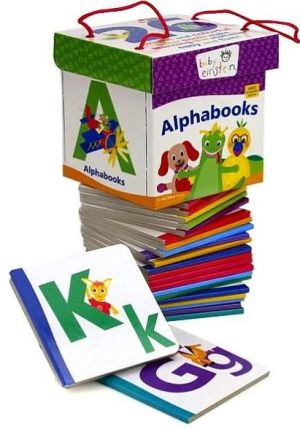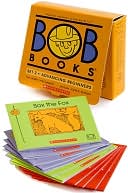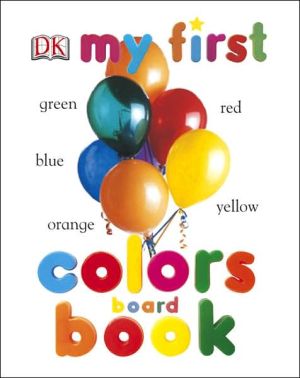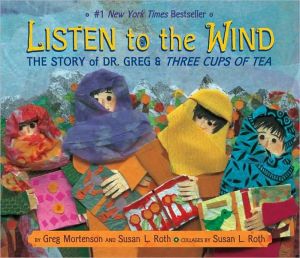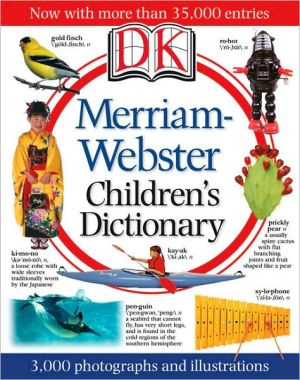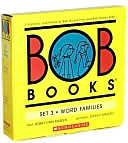Eats, Shoots & Leaves: Why, Commas Really Do Make a Difference!
Search in google:
Young and young-at-heart sticklers, unite! Lynne Truss and illustrator Bonnie Timmons provide hilarious proof that punctuation really does matter.Illuminating the comical confusion the lowly comma can cause, this new edition of Eats, Shoots & Leaves uses lively, subversive illustrations to show how misplacing or leaving out a comma can change the meaning of a sentence completely.This picture book is sure to elicit gales of laughter—and better punctuation—from all who read it.Publishers WeeklyIn this pithy adaptation of her bestselling adult book of the same title, Truss wryly demonstrates the truth of her subtitle-sans comma. As she explains in her brief introduction, commas "can create havoc when they are left out or are put in the wrong spot, and the results of misuse can be hilarious." With the help of Timmons's energetic, often comically exaggerated cartoons, Truss shows just how hilarious. The opening scene sets the humorous yet instructive tone: a panda walks into a library, eats a sandwich, then draws his bow and shoots two arrows. When the librarian asks why he has done that, the animal points to a book's definition of panda, which reads, in part, "Eats, shoots and leaves," apparently describing the species' diet rather than behavior. Several of the examples of comma commotion are common, such as the difference between the meanings of "Slow, children crossing" and "Slow children crossing"; or "Eat here, and get gas" and "Eat here and get gas" (the latter picturing a woman airborne due to bodily gas). Yet most of the scenarios presented take an original approach, among them side-by-side depictions of a classroom in which first a child ("The student, said the teacher, is crazy") and then his teacher ("The student said the teacher is crazy") indulge in inane antics. A final spread explains the grammatical reason for the varying meanings of each pair of sentences. Why, this will encourage kids to think twice about using, or not, a comma. Ages 4-8. (July) Copyright 2006 Reed Business Information.

